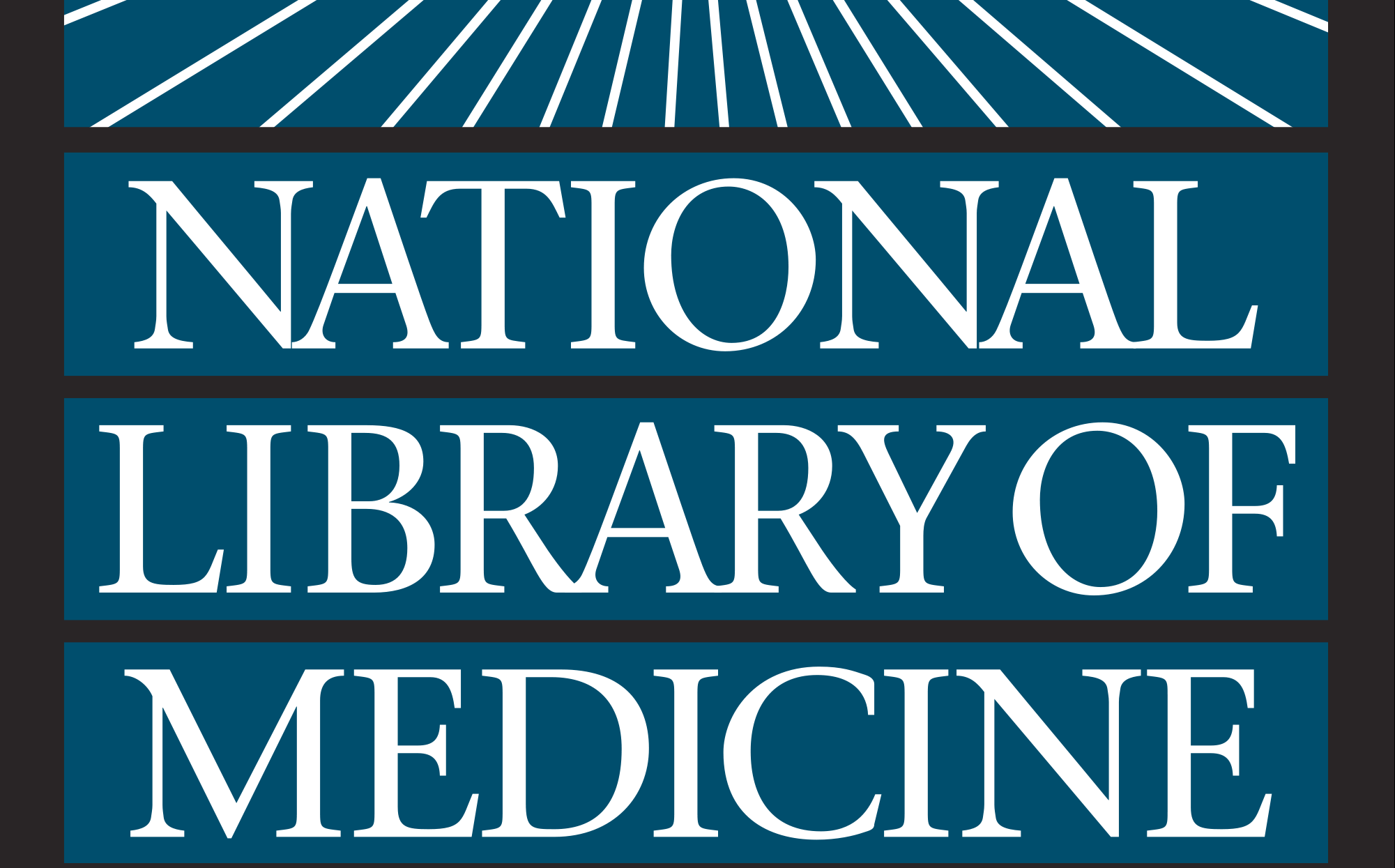Abstract
Background:
Surgical intervention is one of the common therapeutic interventions applied to a vast class of diseases. Unwarranted variation in practice style in different locations is considered as practice style variations (PSVs), which cause undesirable effects on patient health status and economic consequences. The magnitude of the variations in surgical interventions and its effects on clinical outcomes of patients and also utilization of resources have been investigated in recent years. But the findings show considerable heterogeneities in magnitude and consequences. We develop a protocol to systematically review the current literature of PSV to explain the magnitude of PSV and its clinical and economic consequences.
Method:
This systematic review will include observational and experimental studies to investigate magnitude and consequences of PSV in common surgical interventions, cardiovascular disease, urological, and ophthalmological diseases. Source of information is scientific databases, theses, clinical trials registrations website, and grey literature. A comprehensive electronic search will be conducted through PubMed, Web of Science, EBSCO, EMBASE, and Scopus databases. Studies are assessed systematically by 2 investigators. Methodological quality of the included studies is evaluated by the STROBE and CONSORT checklists. In case of data availability, we will pool findings of included studies by meta-analysis techniques in the CMA software. Subgroup analyses are based on the type of the interventions and selected diseases.
Results:
This study has ethical approval from ethical committee of Iran University of Medical Sciences, ethic code: IR.IUMS.REC1395.9221504203. The results will be published in a peer-reviewed journal.
Conclusion:
A systematic review is considered as an appropriate scientific method for reaching a consensus on magnitude as well as consequences of PSV. Results of this study will help clinical experts to attain more knowledge about PSV and encourage them to use some tools such as clinical guidelines and shared decision making to alleviate its consequences.



No responses yet